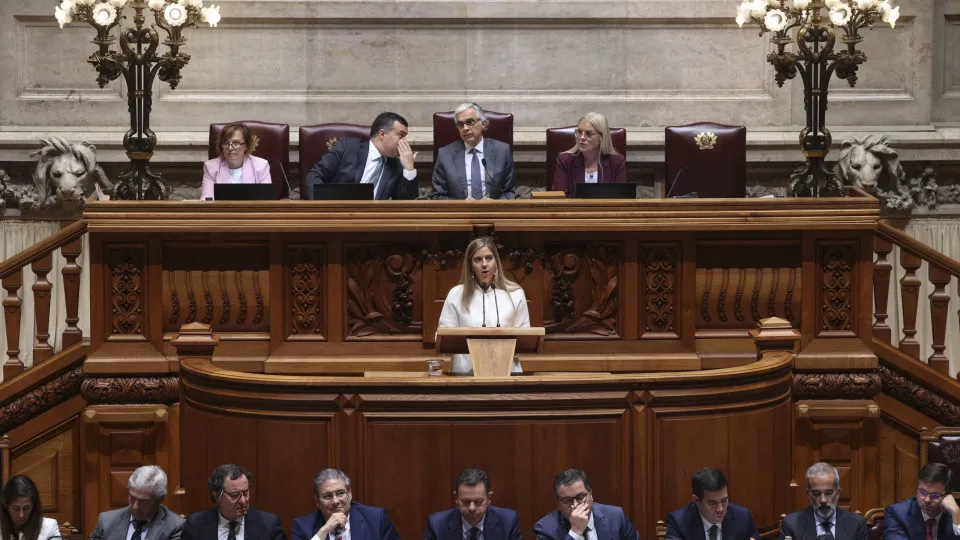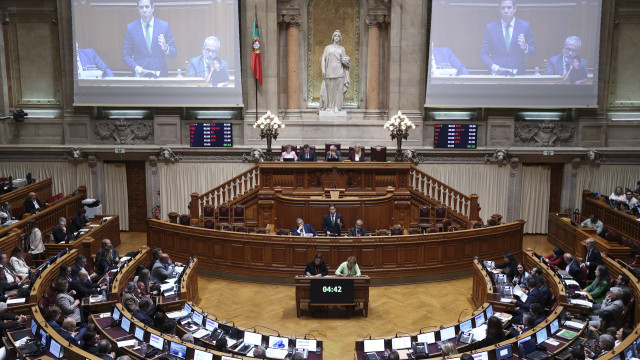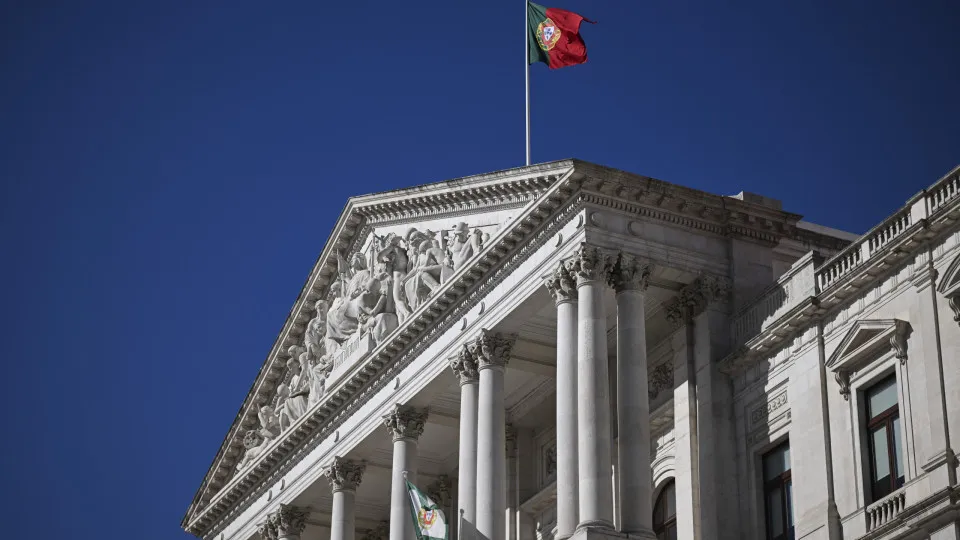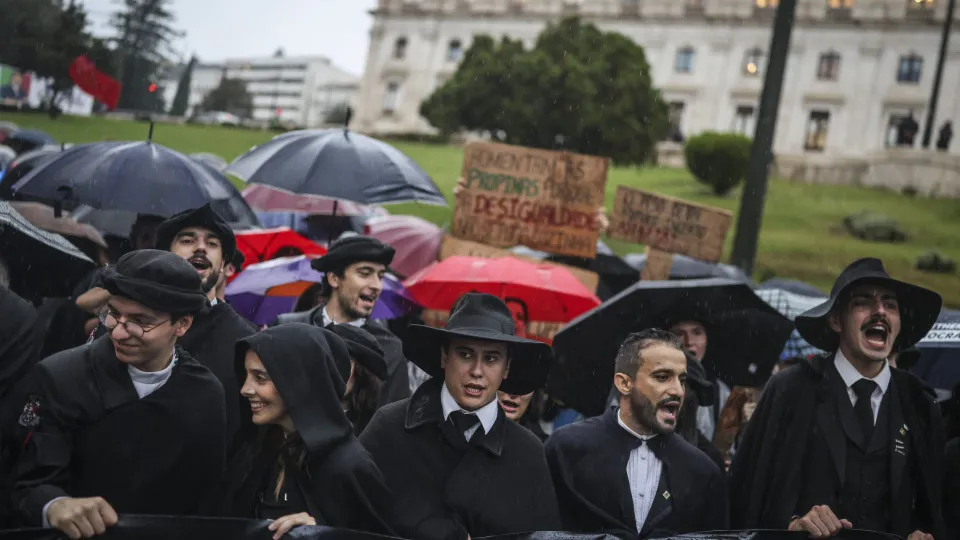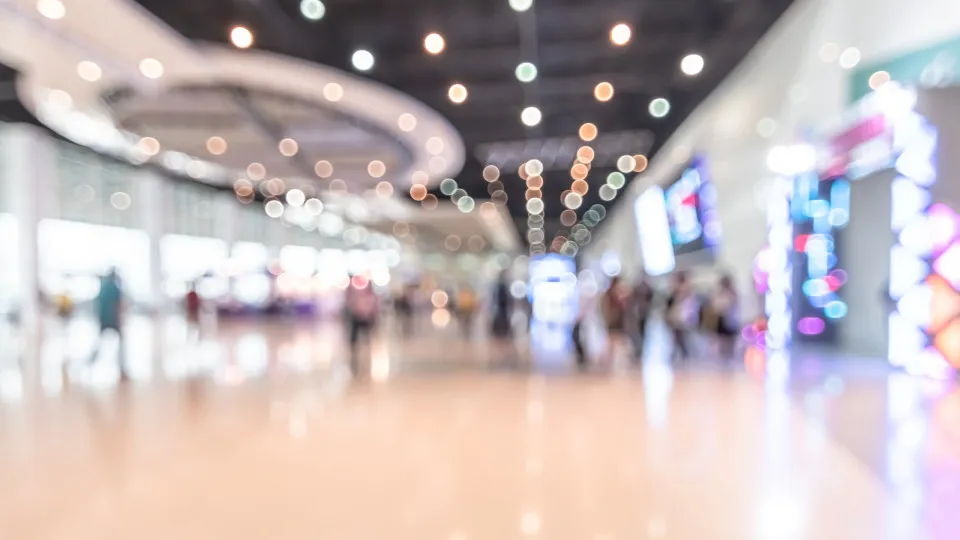
Américo Rodrigues, speaking at the 2nd Meeting of RPAC in Santo Tirso, addressed the significance of the RPAC training and capacity-building program. This initiative revealed “significant fragility, particularly in the equipment related to municipal authorities, concerning their maintenance, conservation of works, and areas such as curatorship and mediation, to name just two examples.”
The Director-General for the Arts noted that the training and capacity-building program engaged over 200 professionals from entities associated with RPAC, “ultimately reaching a total of 500 participants.” He added, “RPAC promotes this, but municipal technicians can also join this training.”
Established in 2021, RPAC currently comprises 81 entities encompassing 97 spaces and facilities across the nation.
Applications for the 2nd edition of the project support program by RPAC, with a budget of two million euros, are open until December 5.
The first edition supported 19 projects including those by Culturgest, the Elvas Contemporary Art Museum, the Madeira Contemporary Art Museum, Bienal de Cerveira, Appleton Association, and Theatro Circo.
The 2023 program, also endowed with two million euros, left five applications unsupported.
Américo Rodrigues highlighted some of the “new elements” in the 2nd edition, emphasizing an “appeal for the international circulation of works, artists, and projects.”
“It’s always a choice, but those wanting to promote this aspect of international circulation now have funding options. There is also an emphasis on the digital transition in artistic domains,” he stated.
Moreover, there are “new developments in partnership compositions.” “As last year, projects and activities will be presented in partnerships consisting of at least three RPAC entities. This year, a partnership with the State Contemporary Art Collection (CACE) is possible,” he noted.
Rodrigues mentioned this because CACE, initiated in 1976, “needs to be remembered and promoted,” possessing a valuable collection.
“Projects can be presented by two RPAC entities alongside CACE. But these are options available. In this and other networks, these are choices for the applicants,” he explained.
Originally created in the 1970s to become a representative collection of national artistic production, the “SEC Collection” continued acquisitions over the decades but stalled for about twenty years.
Acquisitions resumed in 2019 through commissions identifying contemporary visual artists’ works to integrate into the Portuguese state’s contemporary art acquisition program.
This program was reinstated by the government after 200 visual artists demanded urgent measures from then Prime Minister António Costa in 2018, leading to a ten-year acquisition program, starting with a 300,000-euro budget for 2019.
CACE now holds a collection of over 2,000 works covering painting, sculpture, photography, video, installation, and other mediums, representing various generations and artistic languages.
The collection includes works by prominent Portuguese artists such as Julião Sarmento, Artur Bual, Júlio Pomar, Maria Keil, Ilda David, Júlio Resende, Helena Almeida, Noronha da Costa, José Guimarães, Abel Manta, and Nikias Skapinakis.
Most artworks are deposited in several institutions, both nationally and internationally, including the Serralves Foundation, the Belém Cultural Center Foundation, Coimbra Municipality, and Porto Municipality.
CACE is currently integrated with Portugal’s Museums and Monuments, E.P.E., and since 2022, has been curated by Sandra Vieira Jürgens.
Under Jürgens’ leadership, CACE launched a touring program, showcasing the collection across various parts of the country.

